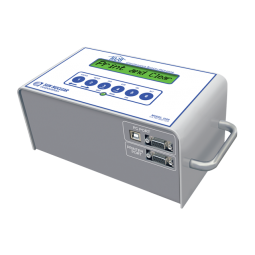Radon Inspection and Testing
Radon Testing
The objective of radon testing and inspection is to assess the level of radon in the home, uncover places of potential radon entry, and inform the clients of the test results and the possible need for follow-up testing and/or mitigation. Radon inspection has specific limitations.
Radon inspections typically involve a visual inspection of the readily-accessible areas of the premises for any signs of possible radon entry points. It is limited to visual observations and a sample radon measurement test which generally takes 48-72 hours.
In most cases an inspection is scheduled a few days to a week in advance, and a written report is normally submitted 48-72 hours following an inspection (after the results of the radon measurement test have been gathered and analyzed).
A radon inspection is based on visual observation of the building's condition on the day of the inspection and the results of a radon test that indicate the levels of radon in the home during that particular time period.
What is Radon
Radon is a cancer-causing, radioactive gas. It is undetectable to the human senses (sight, taste, or smell). According to the US EPA, radon is estimated to cause thousands of lung cancer deaths each year. In Nebraska, 1 out of every 2 radon tests is elevated (above 4.0 pCi/L).
Radon is found all over Nebraska; it can get into all types of buildings, regardless of the age of the building. It is important for you to test your home for radon. Your neighbor’s situation may not be your own. The testing is easy and inexpensive. Testing is done by using a short-term test kit (2-90 days).
Contact us today to schedule your radon inspection.
Our Radon Testing Equipment
We use Sun Nuclear Model 1028 Continuous Radon Monitors (CRM).


